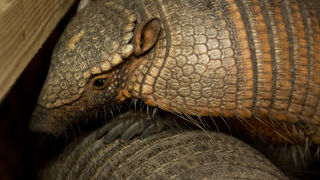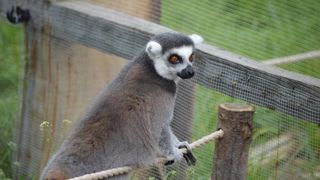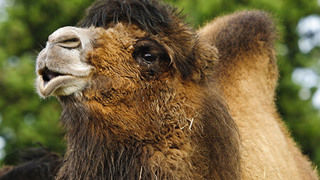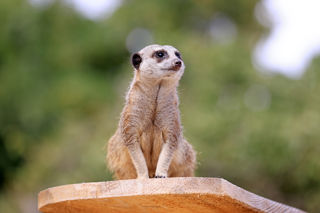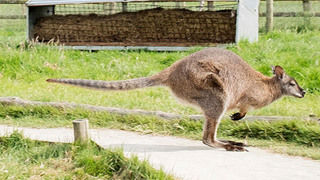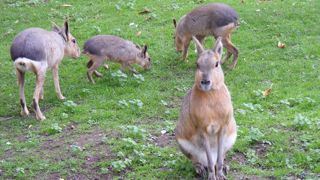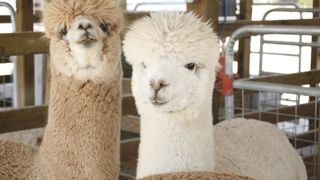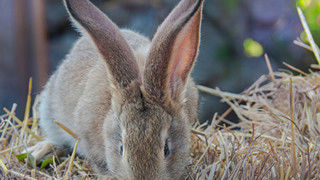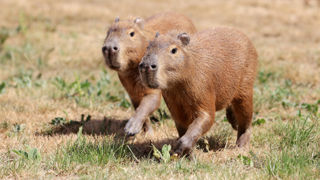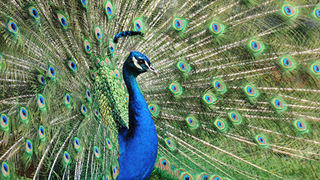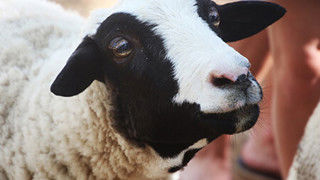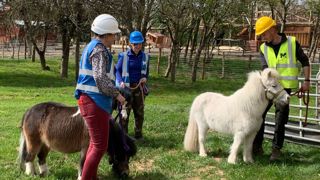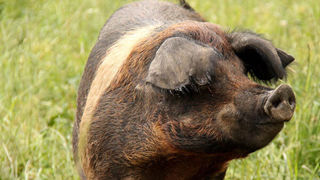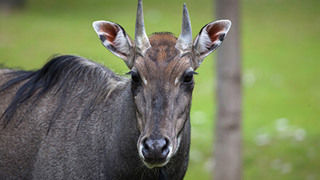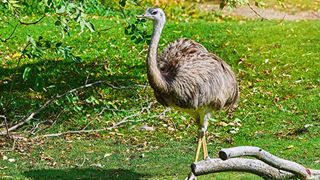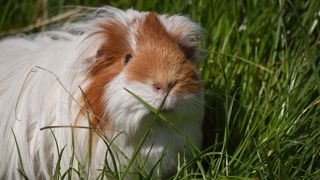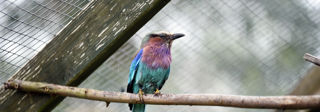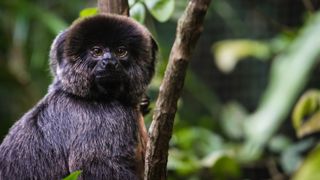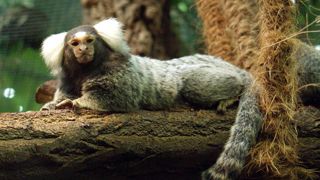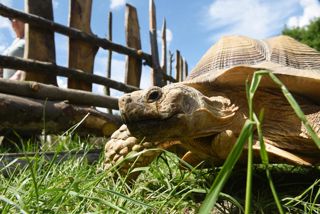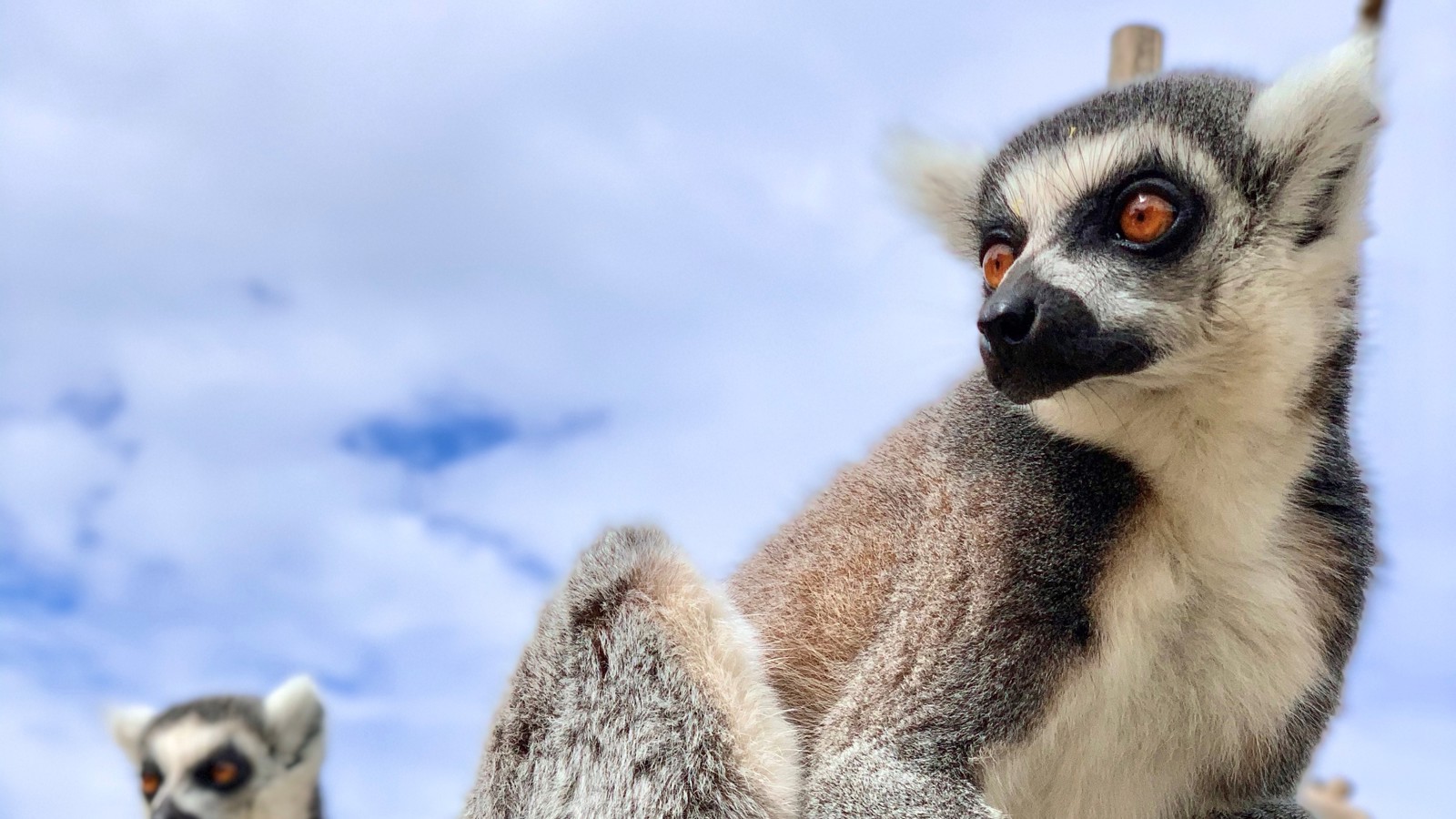
Animals
Explore the array of majestic creatures that call Hobbledown home...
Meet Our Baby Alpacas: George and Preston
Two adorable new alpacas have joined our animal family! Born a week apart, these baby crias are already winning hearts across the park.
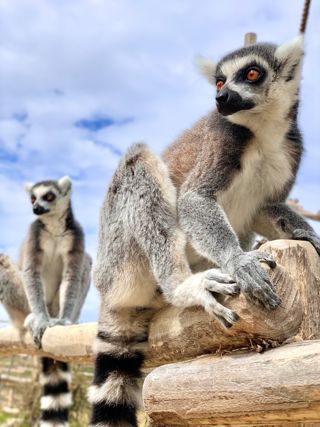
Animal Experiences
Book a face-to-face experience with our one of our amazing animals today!
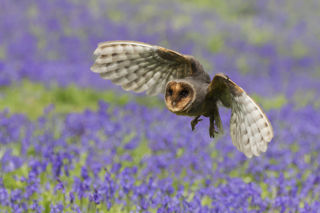
Our Conservation, Research & Environmental Work

Learn more about the work we do here at Hobbledown to protect animals & the environment - visit our 'Research and Conservation' section.
With “Family Animal Contact Experiences to Forging Active Conservation Education” (FACE to FACE) as a driving force to our messaging, we seek to connect our guests to our animals to help inspire stewardship and care for the natural world and all of its resources.
